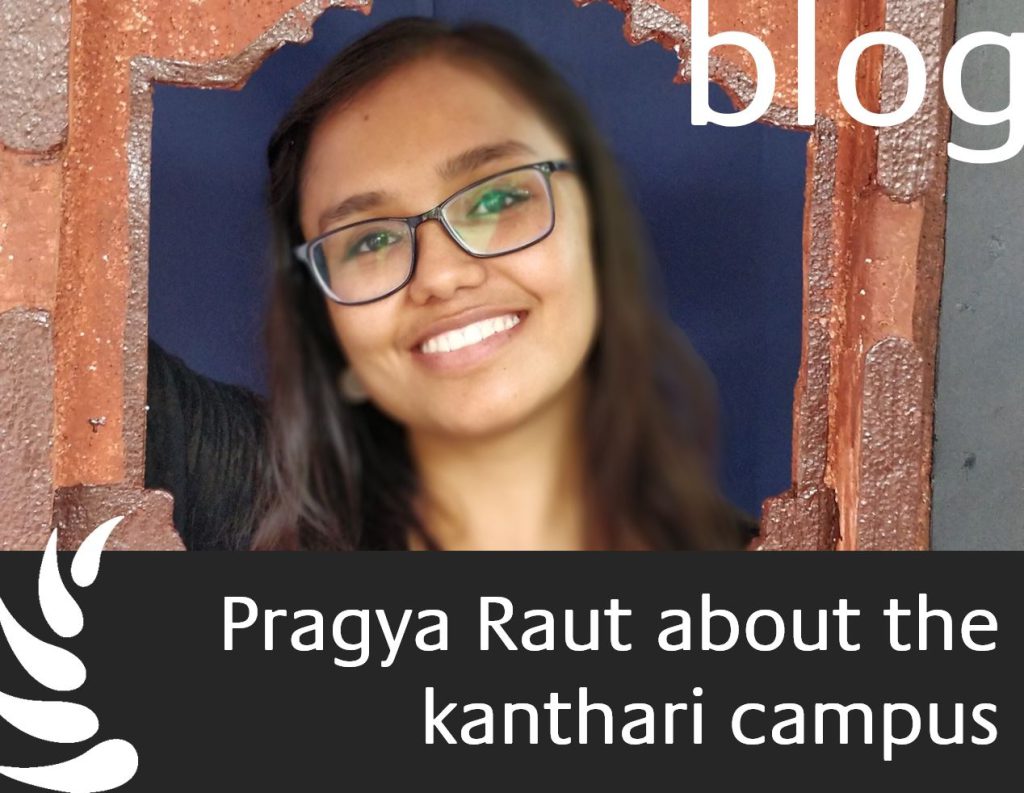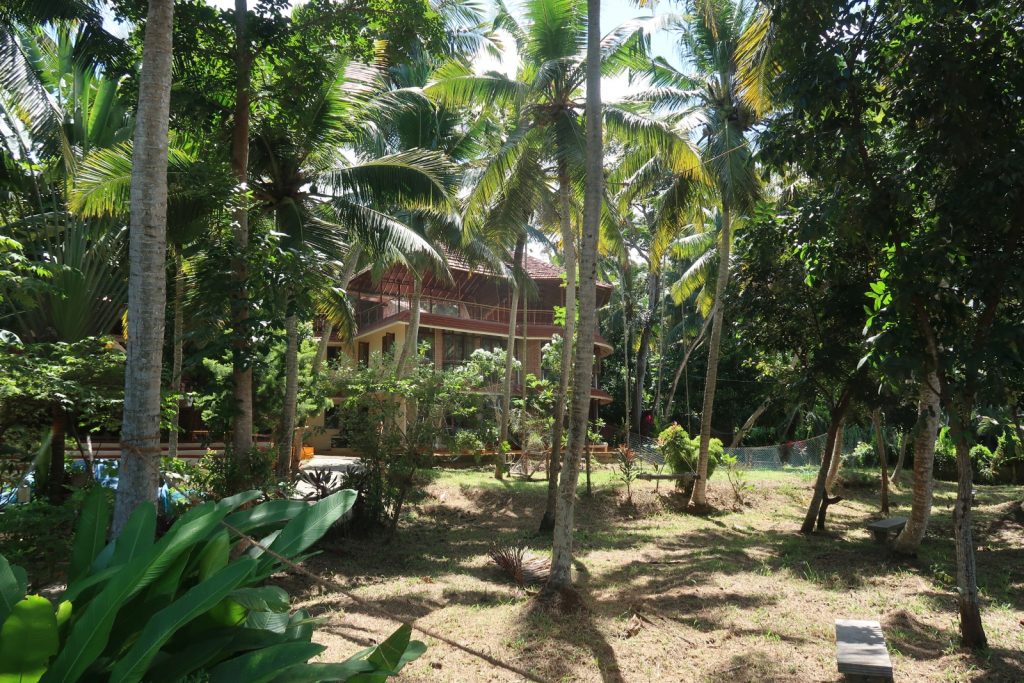Sustainable design – the kanthari campus
By Pragya Raut, architect, Nepal.
A severe earthquake of 7.8 magnitude hit Nepal on 25th of April 2015. It was the greatest of the century in which more than 9000 people died, 20,000 people were injured, and more than half a million houses were destroyed. Now 6 years later, though the National Reconstruction Authority (NRA) claims that 91 percent private houses have either been reconstructed or are currently under construction, the reality on the ground have been different and disappointing. Now, concrete structures can be seen dominating in remote villages of Nepal where once authentic typical Nepali houses would lure tourists tuning fine with god gifted nature and greenery. Reconstruction should not only have been the objective, building back better considering environment and preserving vernacular identities should have been equally prioritized.
Having a roof above our heads that protects us from the harsh elements of nature is one of the human rights and it is my personal goal to contribute to a sustainable solution.
As an architect I have been looking into this matter and I envision that architecture can be a strong tool for creating social impacts as it is strongly connected with almost all dimensions of society.
To acquire the skills and tools required to set up my venture, I joined kanthari in 2018. During the program in Kerala, I had a chance not only to learn more about how kanthari as an organization started, but also how the kanthari campus came into being. My day-to-day interactions with Laurie Baker inspired buildings of kanthari and the different sustainable entities used within campus have instilled a forever passion in me about sustainability.
When starting any new architectural project, the main important part is to create a solid foundation and my kanthari experience has been that foundation.
I recently wrote an article about the kanthari campus:
When Paul Kronenberg and Sabriye Tenberken came to Kerala with a dream to set up their dream factory (as they like to call it), they wanted to build a campus that would be eco-friendly, cost-efficient and still look good. Their ambition was to start a training institute to train leaders from all around the world who have overcome adversity and because of that, want to realize a positive social change in their own communities.
Today, the campus is situated on the banks of Lake Vellayani. In the process only palm trees were cut, and for every tree cut, two new native species were planted elsewhere on the campus instead.
The buildings are constructed with rubble, bricks and mud.
Bird eye view of kanthari campus
The duo visited more than 50 sites before they found the piece of land that exactly fitted their aspirations. Now, Paul and Sabriye’s kanthari Institute in Trivandrum Kerala, leaves a long-lasting impression for anyone who visits the campus.
Awarded by HUDCO (Housing and Urban Development Corporation) as the second most eco-friendly campus in the whole of India in 2013, kanthari offers a hands-on leadership training program for social change makers from around the world who want to start their own organizations/initiatives. The 12-month lasting course in leadership and social entrepreneurship is split in two parts: seven months residential in Kerala and 5 months remote mentorship support for the start-up phase at the place where the organization is located…
read the full article on http://theecopreneur.in/2021/03/11/kanthari-campus/


